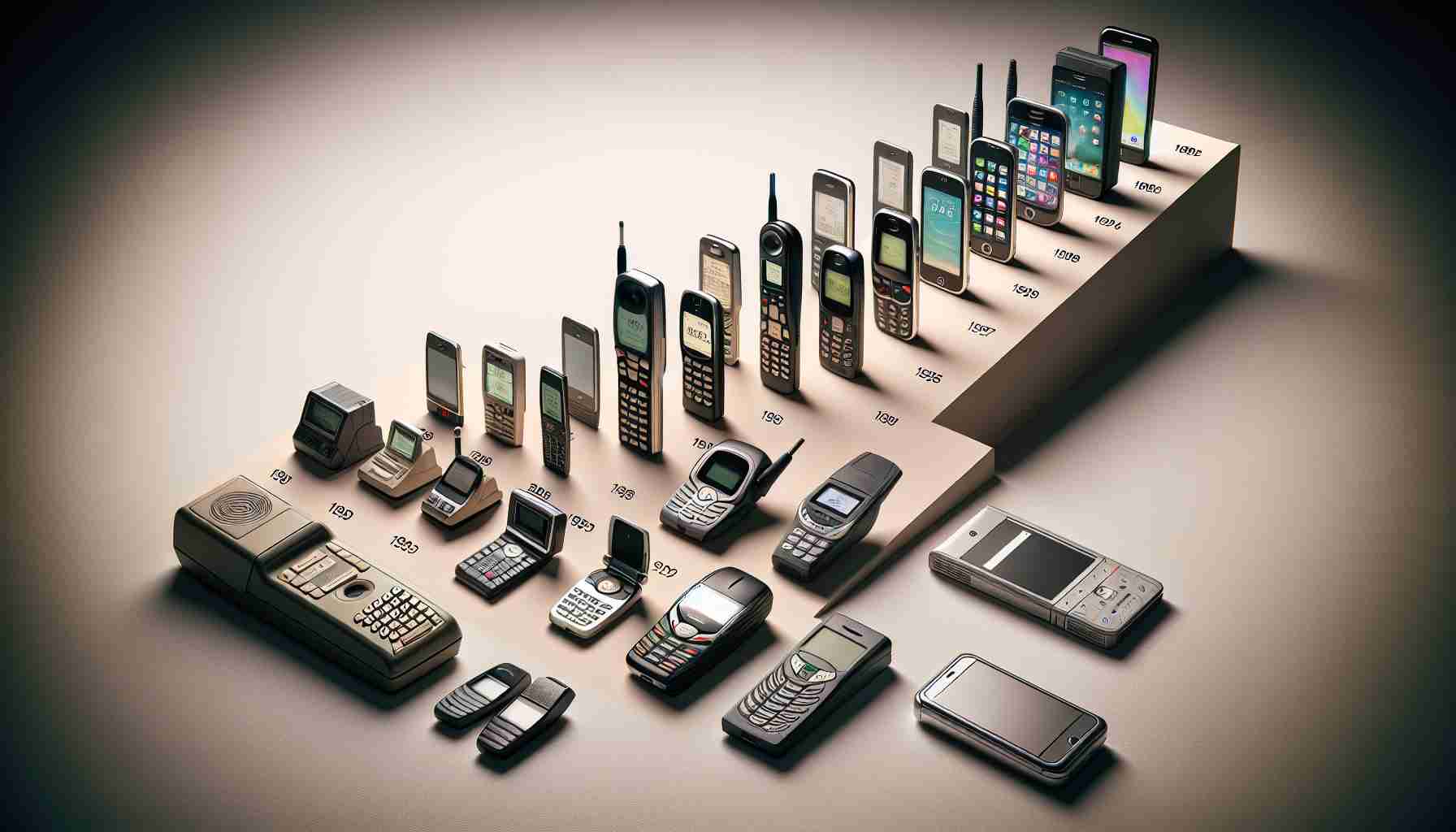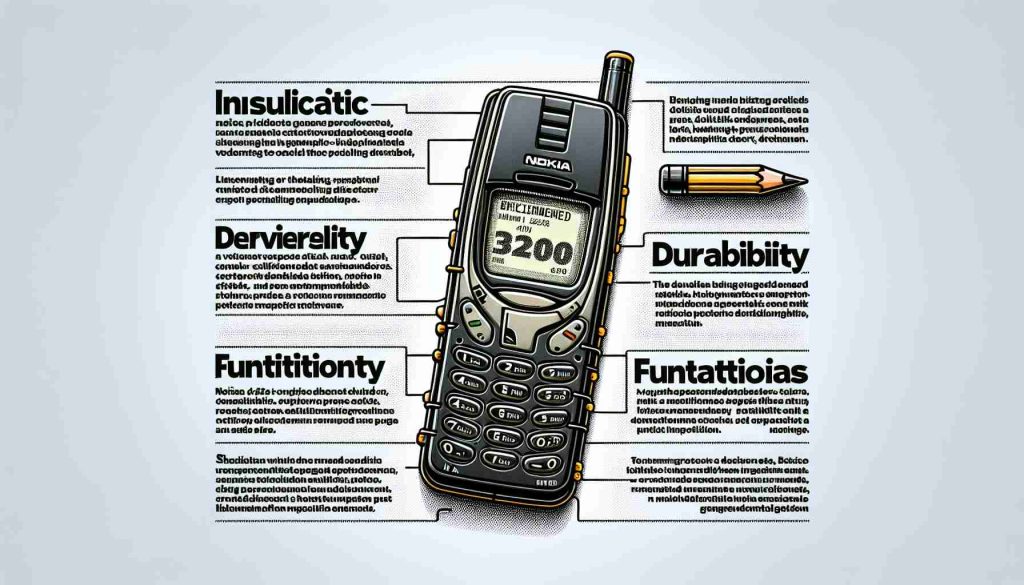Innovative Features Define New Generation
Smartphones continue to evolve with groundbreaking technology that sets a new standard for the industry. Companies are constantly pushing boundaries, leading to obsolete models like the iPhone X. While older devices are phased out, their impact on the progression of technology cannot be overlooked.
Adapt to Meet Changing Needs
The shift towards newer models may prompt concerns among users. However, the decision to retire older gadgets does not necessarily diminish their functionality for current users. The iPhone X, though deemed outdated, can still serve its purpose effectively for those content with their devices.
Sustainability and Serviceability
Contrary to misconceptions, tech companies do not remotely disable or demand immediate upgrades for older devices. The designation of “obsolete and discontinued” simply means official repair services are no longer available. This fate awaits all products that have been out of production for 5 to 7 years.
Revolutionizing User Experience
The iPhone X revolutionized the smartphone market with its revolutionary features. Introducing an edge-to-edge display, gesture controls, and Face ID technology, Apple set a new precedent in design and user experience. While facing challenges like Face ID malfunctions, the model’s innovations forever shaped the industry’s trajectory.
Looking Towards the Future
As technology progresses, the legacy of devices like the iPhone X serves as a reminder of the rapid advancements in the smartphone industry. While newer models continue to push boundaries, the evolution of past innovations paves the way for the future of smartphone technology.
Advancements Beyond Hardware Upgrades
In addition to hardware upgrades, the evolution of smartphone technology encompasses software advancements that play a crucial role in enhancing user experience. Features such as artificial intelligence integration, augmented reality capabilities, and advanced camera functionalities have become significant selling points for modern smartphones.
Enhanced Security Measures
One key question that arises in the evolution of smartphone technology is how manufacturers are addressing the issue of data privacy and security. Advancements include biometric authentication methods like fingerprint scanning and facial recognition, as well as encrypted storage options to safeguard sensitive information. However, concerns about data breaches and hacking incidents continue to challenge the industry.
Integration of 5G Technology
An important aspect shaping the future of smartphones is the integration of 5G technology. The transition to 5G networks promises faster data speeds, lower latency, and improved network capacity. However, the widespread adoption of 5G technology poses challenges such as infrastructure development, compatibility issues with existing devices, and potential health concerns related to increased exposure to radiofrequency radiation.
Advantages and Disadvantages of Smartphone Evolution
The continuous evolution of smartphones brings several advantages, including enhanced communication capabilities, increased productivity, access to a wide range of applications, and improved convenience through features like mobile payments and smart home integration. On the flip side, concerns about device addiction, data privacy risks, environmental impact due to electronic waste, and the high cost of flagship models remain as notable disadvantages associated with smartphone technology evolution.
For more in-depth insight into the future of smartphone technology and industry trends, visit GSMArena. This reputable source offers comprehensive coverage of the latest developments in mobile technology and provides valuable insights into upcoming innovations and challenges facing the smartphone industry.



















